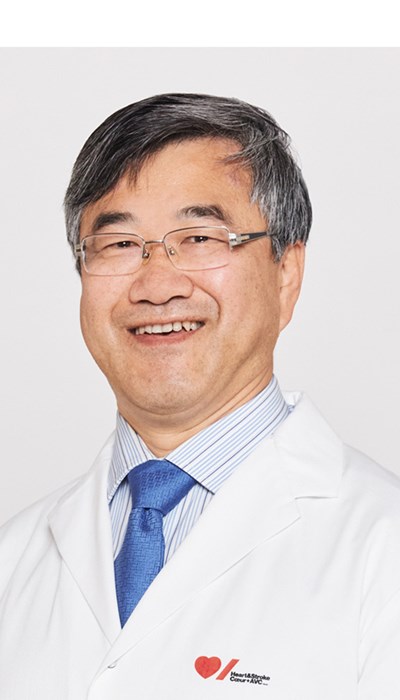
Rejuvenating cells to repair damaged hearts
Dr. Ren-Ke Li’s discovery could prevent heart failure
Chapter 1 From promise to setback
Dr. Ren-Ke Li had high hopes for the clinical trial that would apply his research discovery aimed at benefitting people with heart failure. He had spent years developing a way to use the body’s own stem cells to repair damage to the heart after a heart attack. Now he was ready to test it in humans.
Damage to the heart muscle is one of the main causes of heart failure. Dr. Li wanted to prevent this debilitating condition, which can leave people exhausted and breathless from even slight exertion. Heart failure affects an estimated 750,000 people in Canada, and often triggers anxiety and depression.
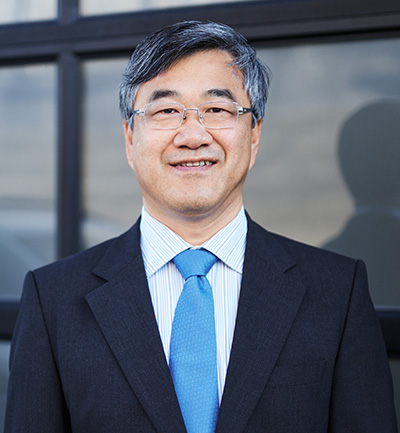
Dr. Li has developed a way to use the body’s own stem cells to repair damage from a heart attack.
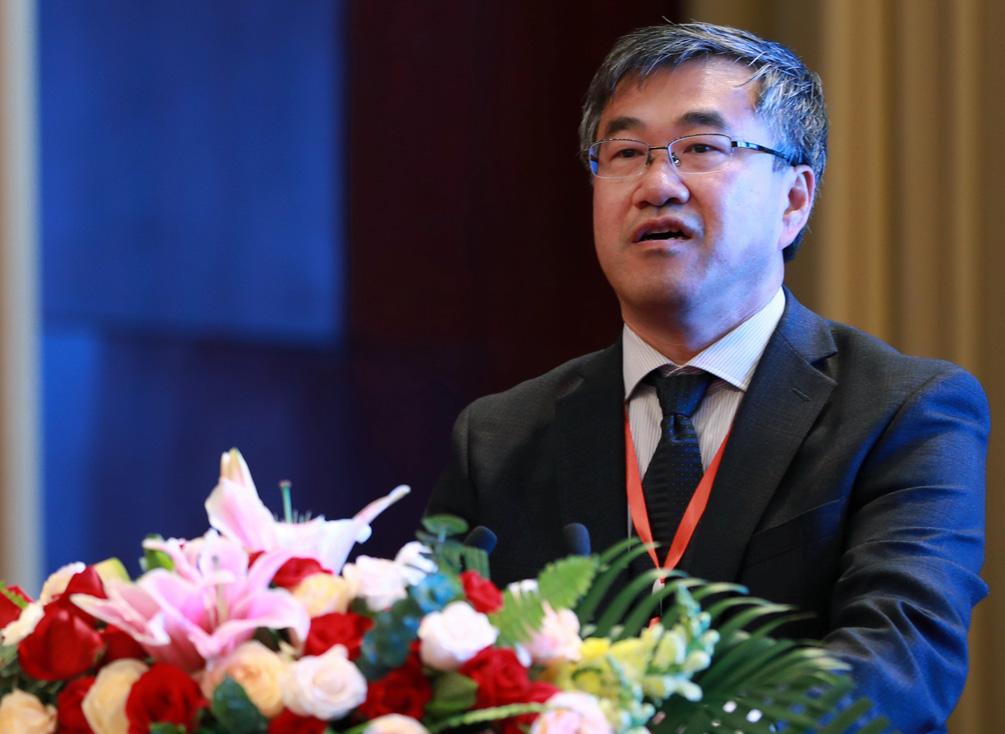
Dr. Li giving a presentation.
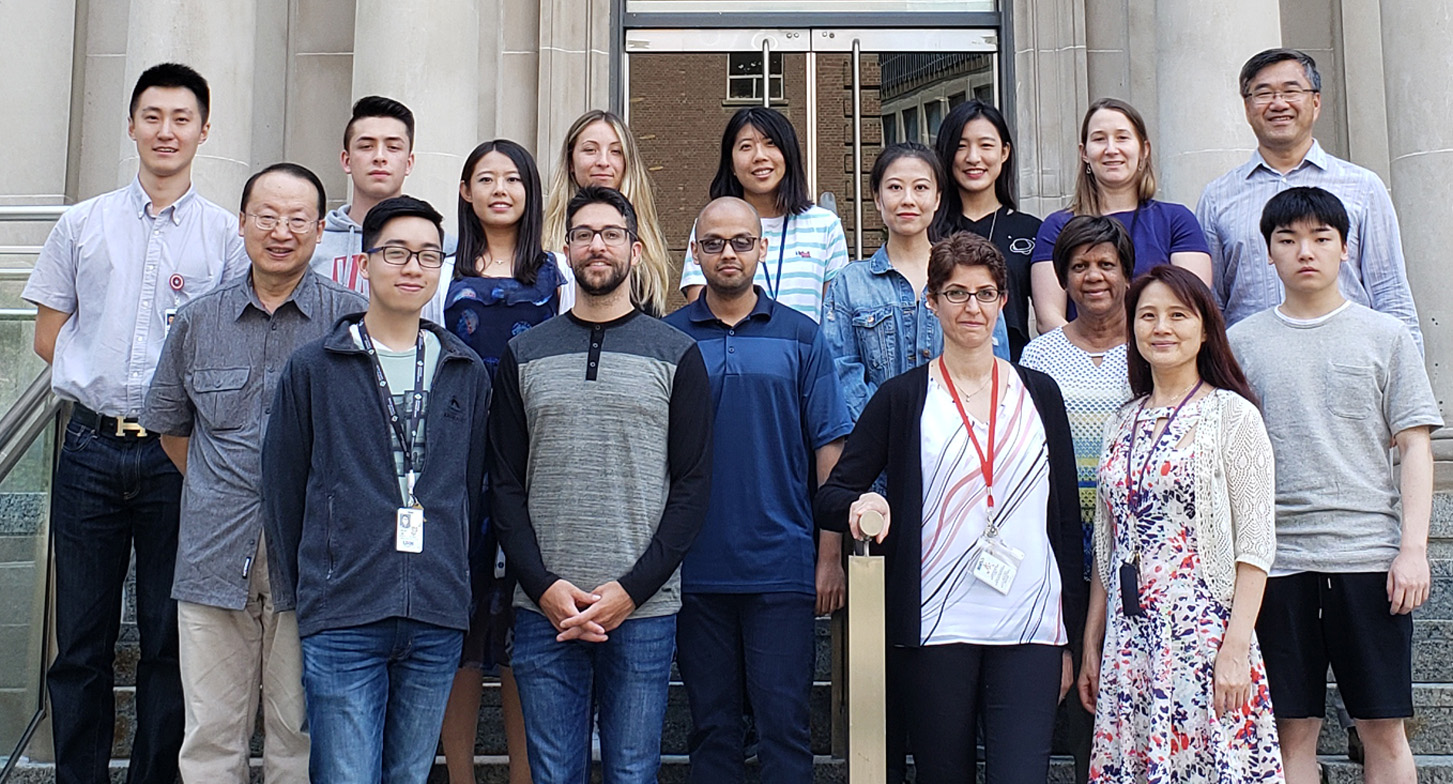
Dr. Li and his team solved the problem of how aging cells could be “rejuvenated.”.
Dr. Li’s cell therapy worked well in the lab, regenerating damaged heart tissue in animal models. But when it was rolled out to human subjects in the clinical trial, the results were disappointing.
Why? He concluded it was the age of the trial participants, who were mostly in their 60s, 70s and 80s. His lab work had focused on younger individuals, with abundant, active stem cells.
Heart failure is more common in older people. Now Dr. Li had to face facts: “The number and function of stem cells in the aged population did not meet our requirement.”
Chapter 2 Back to the drawing board
To Dr. Li, a senior scientist at the Toronto General Hospital Research Institute, this was a disappointment but not a disaster. He was confident his cell therapy could eventually prevent heart failure in older people. He just had a new problem to solve along the way.
His team began working on a way to “rejuvenate” aging stem cells, by removing dysfunctional cells from the bone marrow of aged recipients and repopulating it with young, better functioning stem cells.
“It took eight years,” Dr. Li says. “Finally, we found an optimal combination and optimal times.”
The results in animal models were exciting. “After a heart attack, these ‘rejuvenated’ cells are able to regenerate the damaged area and improve cardiac function,” he says. “It’s a very good technique to prevent heart failure.”
Chapter 3 Into the future
Keeping his eyes on the goal helps Dr. Li overcome obstacles that might defeat other people.
Sometimes, he says, medical research is like a video game: After each breakthrough, you jump to the next level, where a new challenge awaits. Only by solving that can you keep making progress.
He credits support from Heart & Stroke donors as key to his progress over almost 30 years. “My first Heart & Stroke research funding was in 1993. After that I received Career Investigator Awards for 15 years. That really allowed me time to focus on the clinical issues and the development of new therapy.”
There is more work to do before his rejuvenation technique is ready for fresh clinical trials. He estimates that step is five years away.
Once it has been shown to work in people, the potential is huge. Dr. Li can imagine that one day the rejuvenation of stem cells could become a routine treatment for older people, administered intravenously every couple of years.
Meanwhile, the challenge of solving these problems makes him eager to come to the lab every day. “That’s being a scientist. You never give up.”
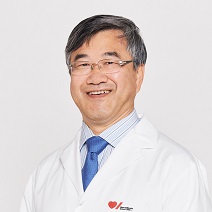
Join the fight to end heart disease and stroke.
Real stories
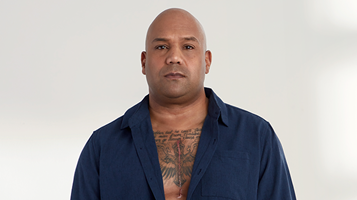
Facing a future with heart failure
The diagnosis knocked Kevin down. But after open-heart surgery, he’s back on his feet

Researcher braces for pandemic aftermath
Dr. Clare Atzema works to improve care for heart patients. COVID-19 just made that more urgent

I've been given a second chance
Paul King didn’t think much about heart disease, until a shocking diagnosis changed his life
